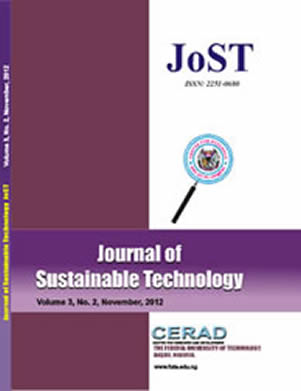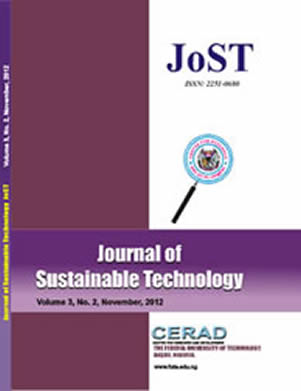An environmental study was carried out to investigate the seasonality of
bioaccumulation of bacteriophages and faecal bacterial indicators in mussels (Mytilus edulis) at a
site in southeast England, United Kingdom. Freshly collected M. edulis (n = 960) and samples of
overlying waters (n = 24) were analysed using standard microbiological methods for a period of two
years (May 2013 – April 2015). The concentration of Escherichia coli, faecal coliforms and intestinal
enterococci were determined by membrane filtration and most probable number methods (MPN),
while the concentration of somatic coliphages, F-RNA coliphages and bacteriophages infecting
Bacteroides fragilis GB124 were determined by direct plaque assay using standardised doubleagar
method. The accumulation factor of each parameter was obtained by dividing the log
concentration of each microorganism in M. edulis by the corresponding log concentration in
overlying waters. Physicochemical, meteorological and hydrological data of the river catchment
site were also obtained. The accumulation factor of E. coli ranged from 0.90 to 1.88; faecal coliforms
0.89 to 2.32; intestinal enterococci 0.90 to 3.57; somatic coliphages 1.10 to 2.27; F-RNA coliphages
1.08 to 1.99; and phages infecting B. fragilis GB124 0.83 to 2.12. The average accumulation
factors of all target indicators correlated positively with water temperature, pH and salinity (P <
0.05). However, whilst the bioaccumulation of faecal indicator bacteria in M. edulis showed an
inverse relationship with turbidity, rainfall and river-flow, the bioaccumulation of all the three
phage-based indicators showed a positive relationship (P < 0.05). This study not only highlighted
the effect of seasonality on bioaccumulation, but suggested differential behaviour of faecal indicator
bacteria and bacteriophages in M. edulis. As such, the findings suggested that assessments of
shellfish safety based solely on the use of bacterial indicators, or on the microbiological quality of
harvesting waters may fail to adequately protect public health from risks associated with faecal
contamination.
Keywords: Exposure, monitoring, human health, microbial source tracking, shellfish, surrogates,
viruses
PAPER TITLE :SEASONAL BEHAVIOUR AND BIOACCUMULATION OF FAECAL INDICATOR BACTERIA AND BACTERIOPHAGES IN MUSSELS (MYTILUS EDULIS)
JOURNAL Of SUSTAINABLE TECHNOLOGY | VOLUME 7 NUMBER 1 2016
Paper Details
- Author(s) : 1,2OLALEMI, A.; 1EDBON, J. and 1TAYLOR, H.
- Abstract:



